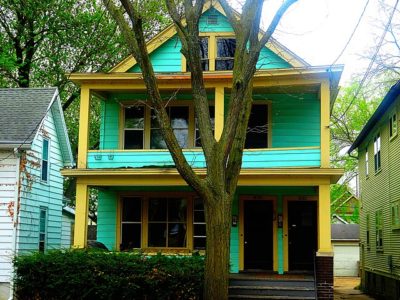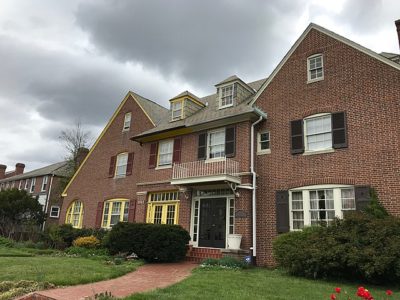The Coming Ground War For Missing Middle Housing
Municipalities Continue to Maintain and Erect New Barriers To Homes For Working People

Last year, the California Legislature enacted SB 9, which required local governments to allow duplexes (and with ADUs, sometimes triplexes and quadraplexes) in single-family zones. Housing advocates rejoiced, and NIMBYs screamed that it was the end of the world and would lead to “Manhattanization” (because as we all know, Manhattan is famous for its duplexes).
Now the Terner Center has a report on discussions with developers revealing that we still have quite a long way to go to make the law work as intended.
The problem is that you can change the zoning, but cities can still put up barriers to building. For example, if you don’t change the amount of buildable space on a lot, or maintain a height requirement, or put in complex design review requirements, it doesn’t matter what the zoning says. Similarly, so many local regulations are based on single-family needs that the zoning change is irrelevant: for example, the report presents the example of the City of Los Angeles forbidding more than one water meter on a single-family parcel, which makes a duplex impossible. The report also mentions the complexity and difficulty in applying California’s Subdivision Map Act, which applies to lot-splits: because it is designed for large greenfield projects, many infill developers do not know how to use it and many planners don’t, either.
(Some barriers lie outside of government, or at least local government: market conditions mean that missing middle might not be enough, and that small apartment buildings might be necessary. Moreover, capital markets have not development products that work specifically for missing middle developers (here is where the federal government or even state government could be help). But localities can deal with their own regulations.).
Put another way, even though, SB 9 is one of the most important pro-housing land use bills in California history, it was a kludge, and left a lot out.
And a lot will be litigated. Theoretically, such local barriers are banned by SB 9. The law reads in relevant part:
[A] local agency may impose objective zoning standards, objective subdivision standards, and objective design review standards that do not conflict with this section.
(2) (A) The local agency shall not impose objective zoning standards, objective subdivision standards, and objective design standards that would have the effect of physically precluding the construction of up to two units or that would physically preclude either of the two units from being at least 800 square feet in floor area.

Photograph by Eli Pousson, 2018 April 24.
The Legislature did its best, but what does it mean to “physically preclude” something? That is ripe for a lawsuit. And NIMBYs such as Redondo Beach Mayor Bill Brand, who wants to sponsor an initiative to overturn all state pre-emption and is famous for writing racist and sexist e-mails, will do everything they can to slow down the process.
We have seen this before, of course. When the New Jersey Supreme Court issued its famous Mount Laurel decision in 1974, telling municipalities that they had to rezone to make affordable housing available, they did nothing. When nine years the Court handed down the Mount Laurel II decision stripping them of land use authority until they did so, the state legislature finally acted and watered down the decision. Chris Christie called Mount Laurel an “abomination” and refused to enforce it. Localities in New Jersey refuse to abide by it, and finally the courts had to take jurisdiction back.
Actually, we saw it before that. When the United States Supreme Court issued Brown v Board of Education, southern states engaged in Massive Resistance against it. If a court said that cities had to integrate local swimming pools, cities drained the pools so that no one could use them. The Conservative Legal Movement then developed a network of all-white private schools, and thanks to the Supreme Court, they are now using public money for them.
Put another way, SB 9 was a battle, not the war. Trench warfare continues. As former Secretary of State George Shultz said of American politics: It’s Never Over. Advocates need to work their localities and organizations like the California Housing Defense Fund (formerly CARLA) need to get their litigators ready.






Reader Comments